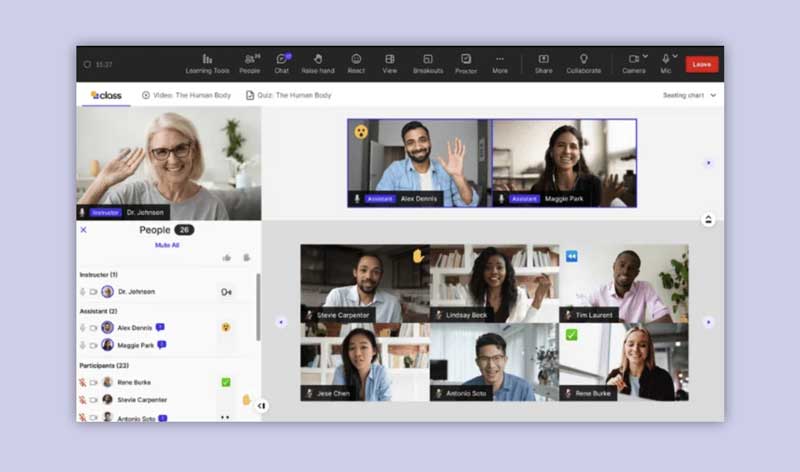Have you ever wondered what it would be like to sit in on a Bethany class? Are you curious about the content and connecting together the name, photo, and classes taught by the professor? Or maybe you would simply like to pause the busyness in your life to learn more about mathematics, music, communication, chemistry, etc.?
Amid the Trees highlights the expertise of our professors at Bethany by inviting you into their classroom and seeing a sample writing of their outstanding work.

A Brief Post-Mortem on Zoom Classrooms
By Brian Klebig, Professor of Communication
Do you remember the misery of constant Zoom meetings? 2020 seems like a long time ago and yet that particular part of the wound still feels pretty fresh. Why is it that in a meeting where you were sitting in your comfy chair just looking at a screen it was so exhausting and demoralizing? Why did your students, who pretty much only had to exist in the area of a computer with a camera and speaker, find this to be such a difficult thing to do?
Some of the work my research team has been conducting has been aimed at answering and addressing this issue, and one of the chief findings has been the outsized effect of “mirror anxiety.” When teaching online, I was mostly staring at my own dumb face, talking relentlessly and staring straight down the barrel of a camera. It turns out that this kind of self-monitoring, where we pick up minutiae of how our hair looks, whether anything is in our nose, which side of our profile is superior, whether our smile appeared genuine enough despite being delivered to that silent void that was a Zoom classroom, etc. all consumes quite a lot of cognitive load. Brains are expensive: you spend 500 calories a day just having one even if you’re not using it, so it’s our strong internal preference to be cognitive misers and think as little as we can. The more we’re forced to think, the more tired and uncomfortable we become. That was the insidious little sneak attack of those Zoom meetings: we were being forced to think and we weren’t even really aware that we were doing it. Because we were confronted with a large, digital mirror at all times, the (often involuntary) self-monitoring behaviors we were engaged in sapped our cognitive capacity, made teaching more difficult, and made the whole experience more exhausting. People who already have anxiety over social interactions were by far the most affected, likely because even when not communicating (and obviously there is a negative correlation between social anxiety and frequency of contribution in an online meeting) they were still forced to engage in self-monitoring, which of course would contribute to their social anxiety and be exhausting.
It’s quite a tradeoff to be able to be “present” anywhere with any group that I’m attached to from the comfort of my office, but at the expense of the quality of thought and participation that goes into that meeting. My team and I are hoping that our work can alleviate some of these problems, and I’ll keep you posted on results, but in the meantime I’m sure happy to be back in front of humans again, in a classroom with no mirrors.
